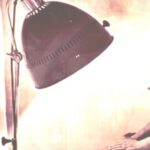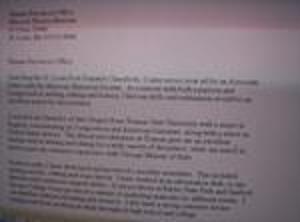When looking for a new job, most people go in armed with the traditional battle gear: a resume and a cover letter. This article will offer some insight into the career portfolio, which can be used to supplement your professional identity with amazing results. Think of a career portfolio as a visual way to represent your skills, abilities, and potential. It is a collection of artifacts that showcase the events you’ve done at work throughout your life.
Why bother putting it together? The career portfolio can help you during the actual interview by supplementing your resume. It can demonstrate why and how you are qualified to do the job. It can even help you get a promotion at your existing job.
What if I’m switching careers? The career portfolio is perfect for transitions because it can highlight the skills you’ve developed at work, no matter the field. For instance, maybe you learned how to interact with people while working in retail, and now you want to pursue a leadership position. Use the career portfolio to target the people skills, social interaction qualities, and customer service abilities you gained along the way.
What if I haven’t worked at all? The career portfolio should be designed to target your skills, not the individual jobs a person has or has not held. For instance, maybe you learned how to be a good team player while you played high school football. Demonstrate those qualities effectively in your career portfolio by creatively displaying pictures, awards, and annotations. Evidence of past accomplisments is the key!
How do I put it together? Every career portfolio will be different, and that’s a good thing. They will all be different in color, shape, format, and size. Some will be in the form of a white three-ring binder with sheet protectors. Others will be colorful tabbed folders with star stickers purchased from a hobby shop. Be sure to match the career portfolio to the atmosphere while staying true to your professional personality. For instance, envision the differences between these portfolios: an art student applying to a museum vs. an economics major applying to a bank. How the portfolio looks and feels is extremely important.
What kind of artifacts should I include? You should include anything that represents your work-related accomplishments. Have you ever designed something at work? Have you ever written something for your job? Have you ever been given a great evaluation? All of these things would make great artifacts. Here are some others:
– Reports
– Assessments
– Photos
– Resume
– Transcripts
– Letters
– Certificates
– Memberships
– References
– Licenses
– Awards
– Brochures
What about an electronic version? In today’s world, it’s no secret that most everything happens electronically. Designing, maintaining, and even sending your career portfolio electronically is certainly an option for you, but it is more time-consuming. If you have the skills to take on these extra steps, I would suggest it because it opens more doors for you. The career portfolio, in addition to whatever other format you’ve chosen, can be transported on a flash drive, maintained on a website, or broadcast as a live blog.
The important thing to remember is that one career portfolio should never look like another one. Your skills, abilities, and potential are unique, and must be presented as such. Whether you are looking for a new job, or just enhancing your professional identity, the career portfolio is a great tool.






